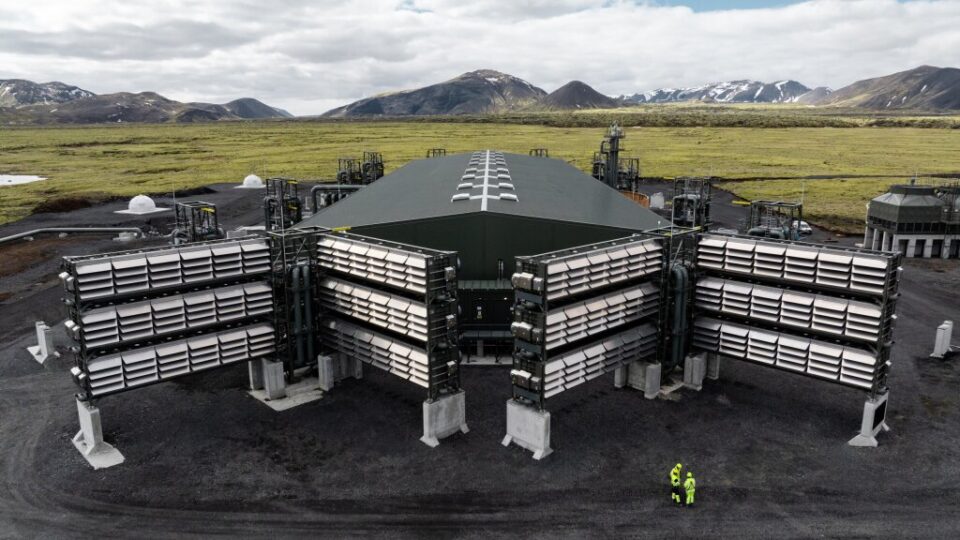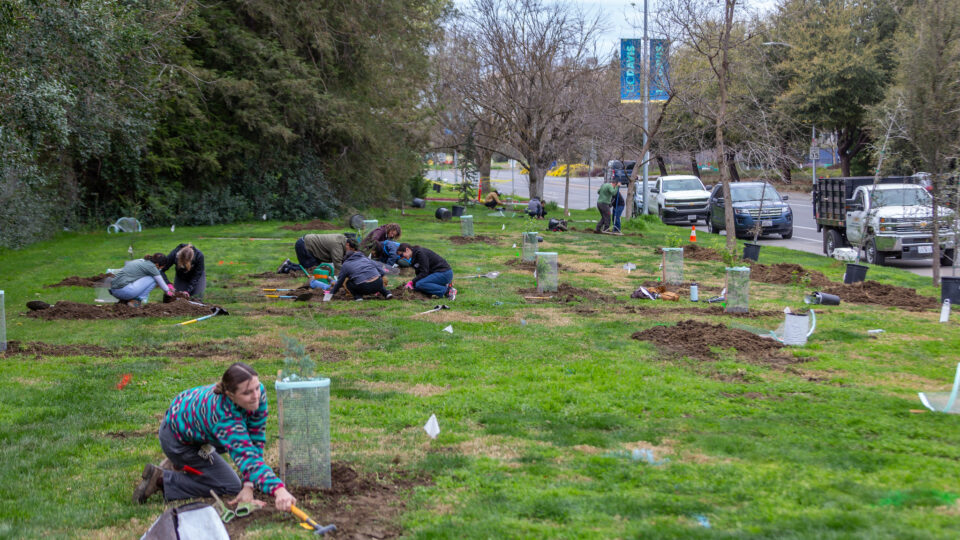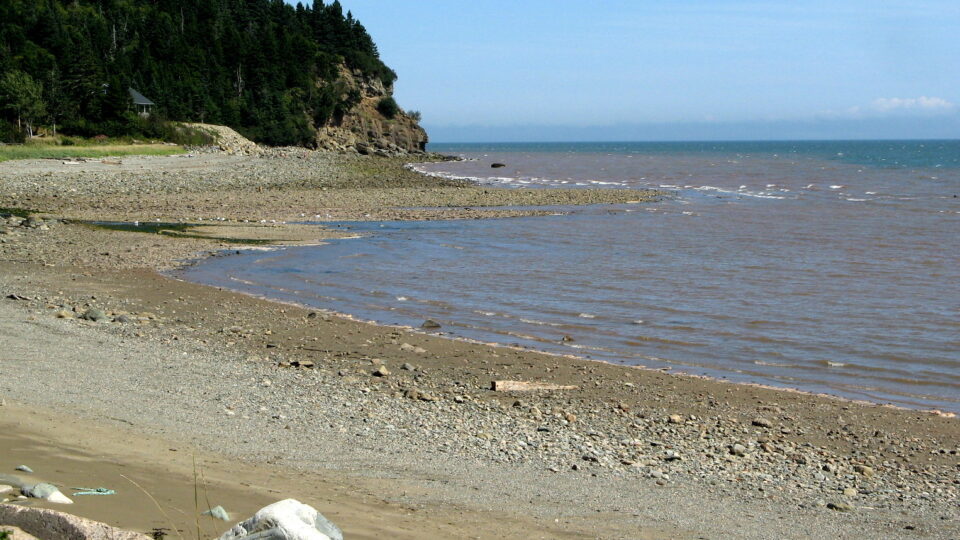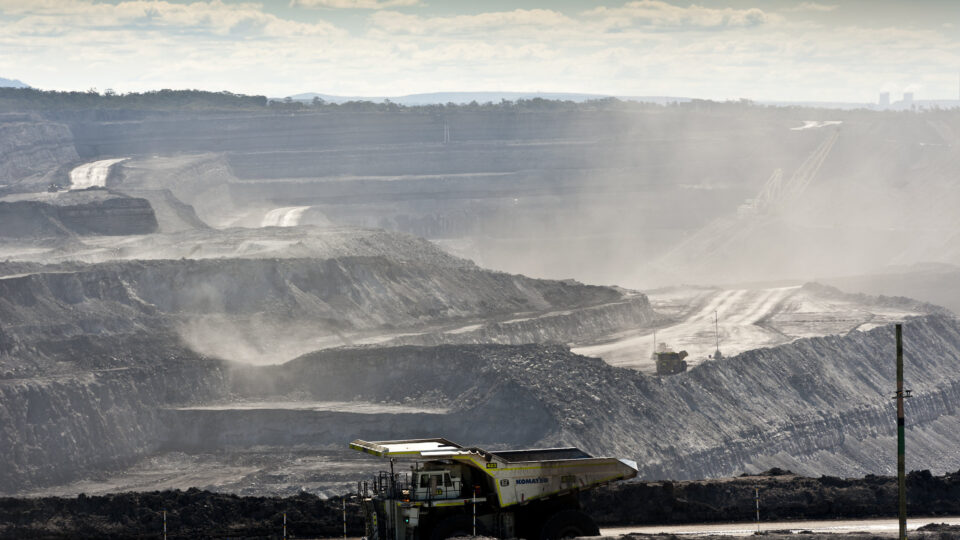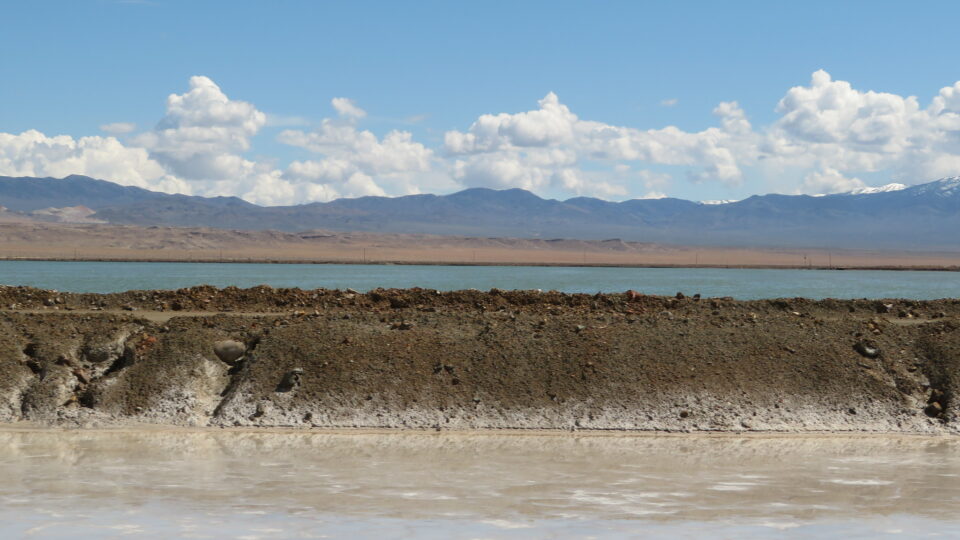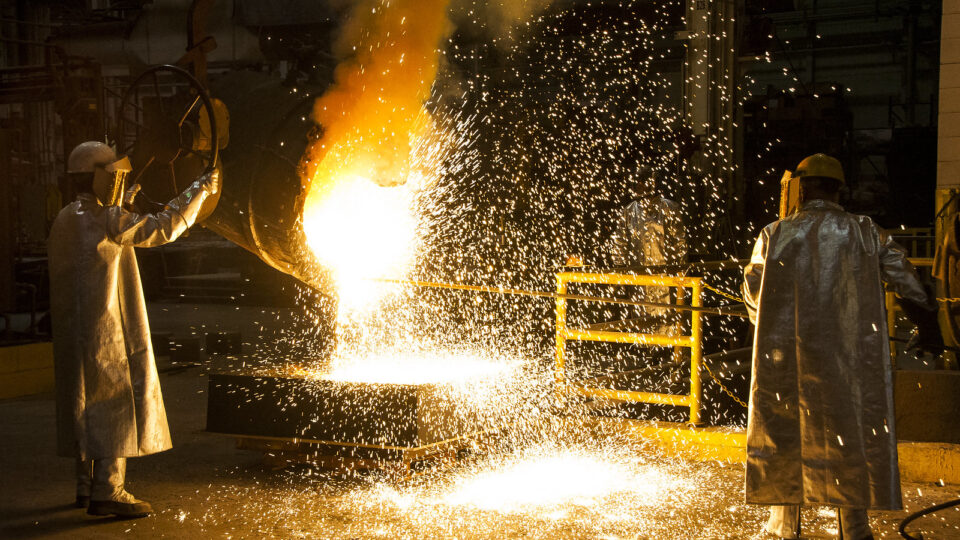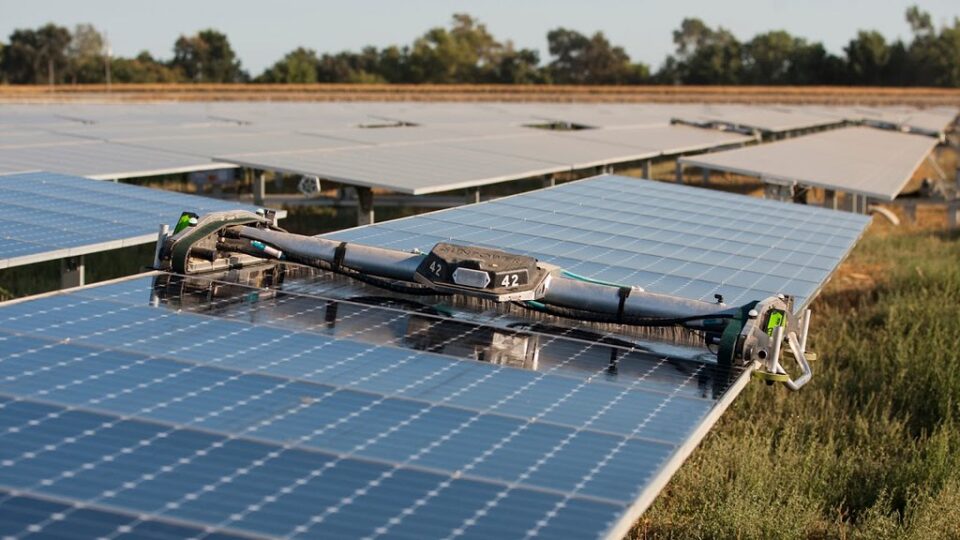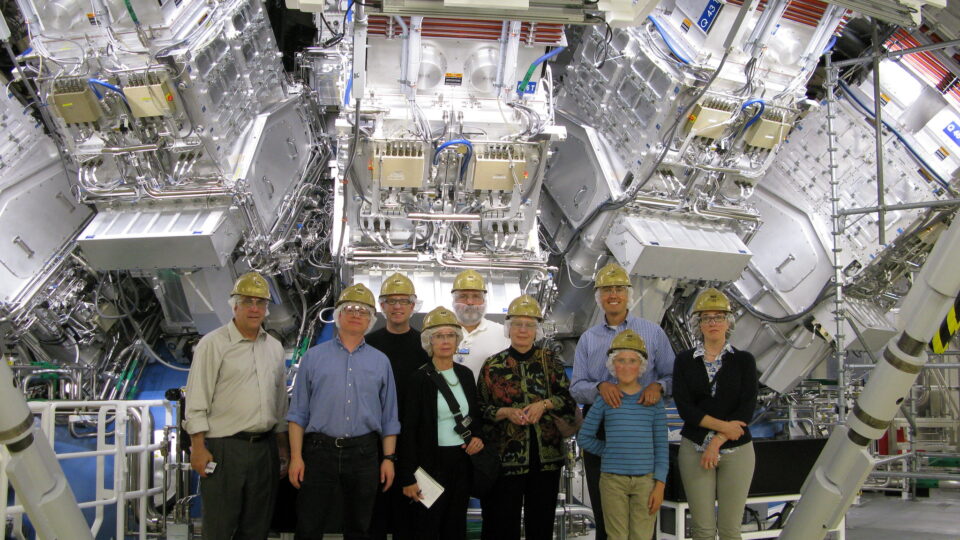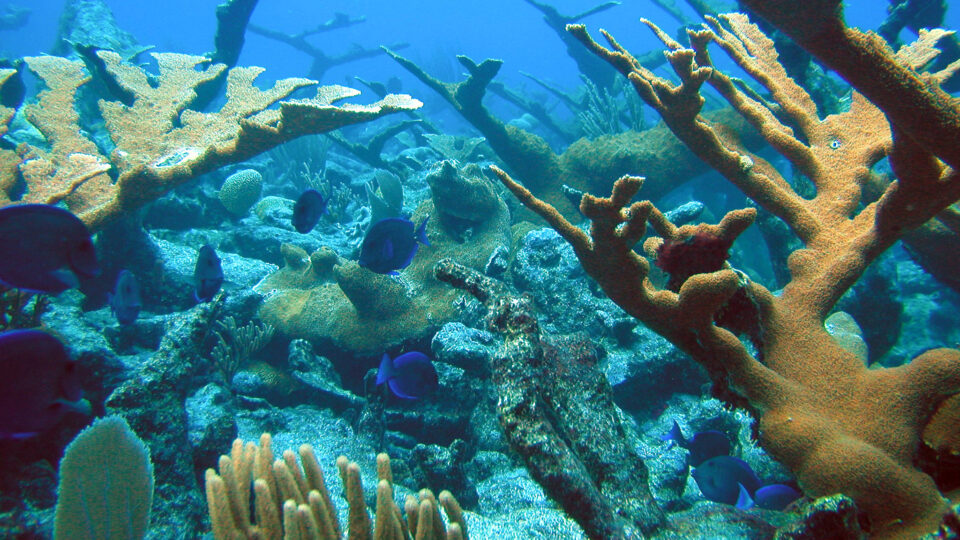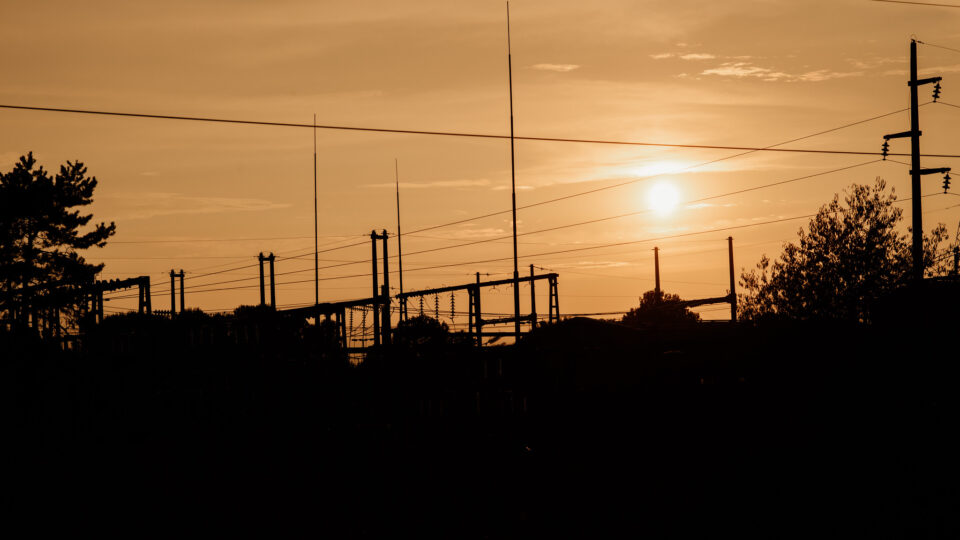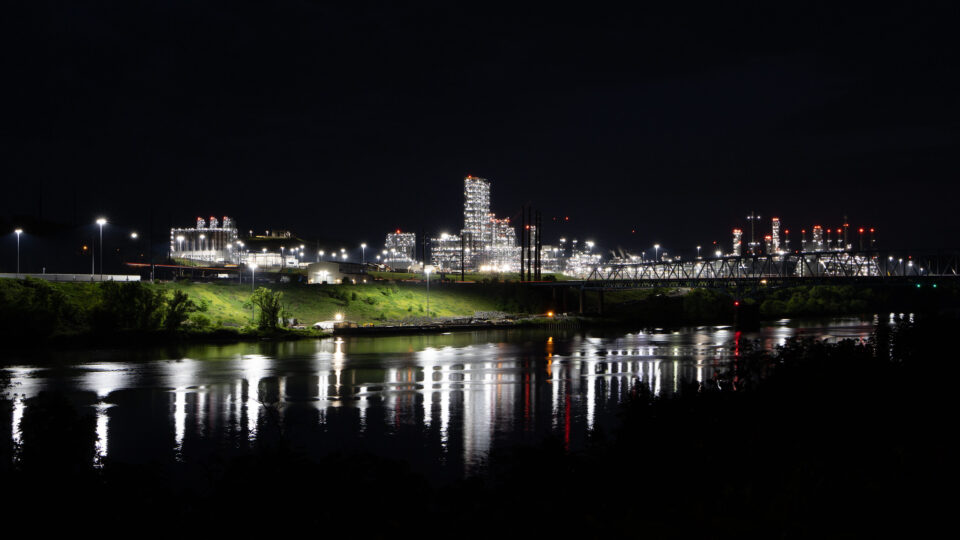Direct air capture (DAC) is process that removes carbon dioxide out of the air and stores it away where it can no longer trap heat in the atmosphere. It is intended to be a way of getting rid of the greenhouse gases that have built up in the atmosphere. In principle, it’s a great idea. In practice, it is a huge challenge.
In 2017, a company called Climeworks became the first company to take carbon dioxide out of the air and sell it as a product for use in carbonated drinks and in greenhouses. In 2021, the company opened a DAC plant called Orca in Iceland that captures CO2 and permanently stores it underground. Clients like Microsoft pay Climeworks for doing this as a way of offsetting their own emissions.
Recently, Climeworks has started operating a new plant called Mammoth – also in Iceland – that will be able to capture about 10 times more carbon dioxide than Orca. Iceland is a prime location for DAC technology because its abundant geothermal energy makes powering it cheap and environmentally friendly.
Mammoth, when fully operational, will remove about 36,000 tons of carbon dioxide a year, the largest DAC system in the world. But there is a long, long way to go. Microsoft alone emits nearly 13 million tons of carbon dioxide a year.
There are multiple DAC projects in development including several in the United States being funded by the Bipartisan Infrastructure Law. The four DAC hubs being developed under the program are each supposed to have the capacity to capture at least a million metric tons of CO2 a year.
Whether DAC can make a real difference remains to be seen.
**********
Web Links
The world’s largest carbon removal plant is here, and bigger ones are on the way
Photo credit: Climeworks
Earth Wise is a production of WAMC Northeast Public Radio
